Hi Everyone!!
And welcome to this little guide for beginners!
In this guide I will take you through few tittles of books, artists and general concepts that are TRULY important to have since the beginning to the end of our careers (and what I mean by the end of this beautiful career, of course, is when you stop breathing).
General concepts
Despite if you are an illustrator, concept artist, a classic painter, comic artist, sculptor, architect, etc. there is one single thing in common that just can't be missing: DRAWING
I will be more specific about the importance of this subject to make it just clear:
DRAW
DRAW
DRAW
DRAW
And once you drew then...
...DRAW MORE !!!
Yes my fellows, the importance of drawing is MASSIVE. And you may wander why. Well it's pretty easy: As an artist, your duty is to bring things from your head all across your hands and eyes to the medium. There's no difference if it's a piece of paper, a computer, or clay. You have an idea in your mind and you need to drop it in front of you.
So the point in common here is just one and it has many many ways to be done.
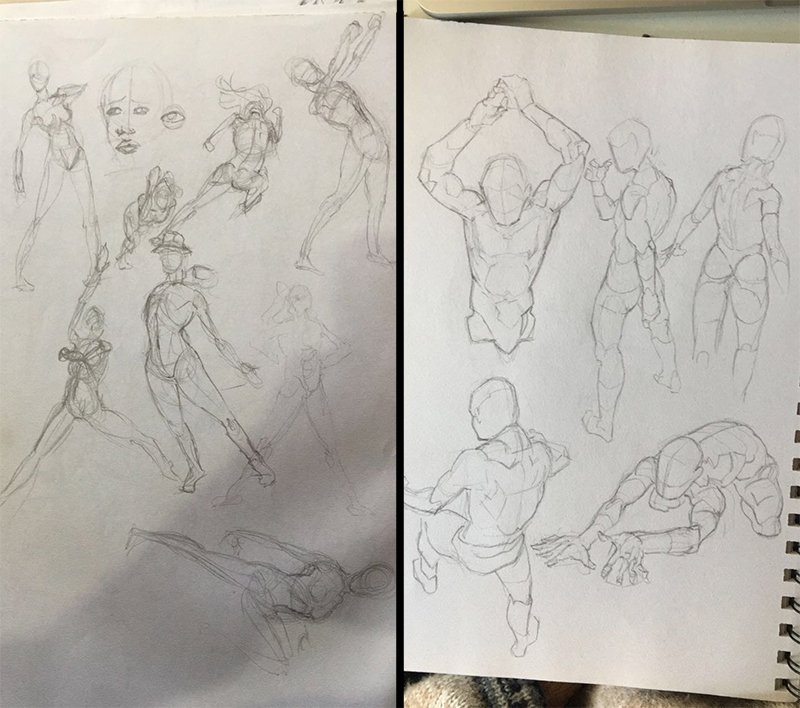
Comparative anatomy and gesture studies made by me (2012vs.2016).
There are few elements in the drawing to take in consideration...
The perspective is the most important element in the World of Drawing (oh this sounds so epic). If you are aiming to make figurative drawing, then there's no chance that you will place properly an element, ANY element without a good understanding of perspective. Why? Well, let's just say that you are trying to place an object that posees three dimensions into a medium with two dimensions. So basically you are lying: you are creating an optical illusion that will confuse the eye and make it believe that whatever you draw in the paper has, somehow, some depth. So if you can't understand how it works, then before starting figurative drawing, it would be better to practice some basic perspectives and get into the topic.
...the structure is one of the most (if not the most) important elements out there that you need to catch. There is no good drawing without a solid base (such as composition). There is no good figure without solid anatomy knowledge (and so work good proportions). And for sure there's no good background, landscape, cityscape, object, character or ANYTHING without a solid understanding of perspective.
The rhythm is almost as important as the structure. Because you may have a great structure, but for sure if you have no rhythm, the shapes will be so hard and tough that it will just lose the grace and all attractiveness. The rhythm is the dynamic you add to the structure. It would be like a melody: While a melody can't be beautiful by its own, without a proper rhythm or tempo it s just a non-sense.
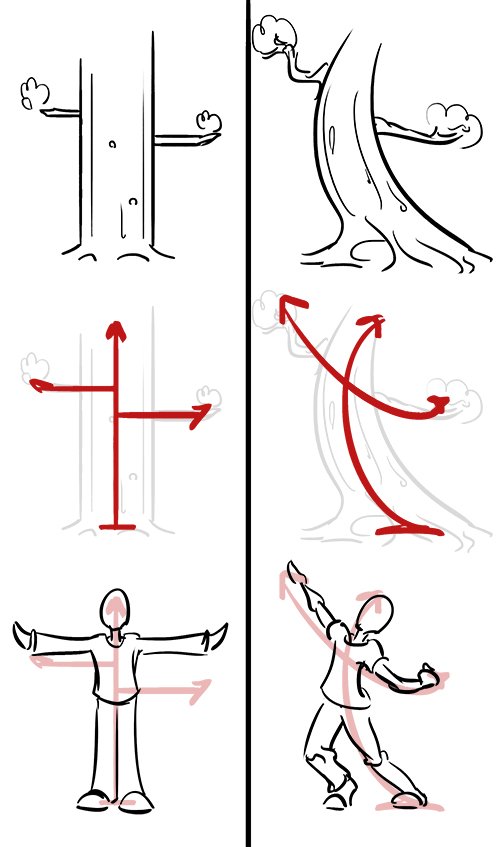
Look for example: I'm not saying that this is bad or that you shouldn't place an object or character in such straight position. But in this case it applies just well: observe how the rhythm from the shapes at the right are much more interesting than the ones from the left. They have another reading, of course, and this dynamic they hold is what makes them so much attractive than each relative at the left.
- The lineart you make, how clean it is and how you control it to make the shapes (what is behind and what is at the front, for example. How you suggest the volume with the fewest possible elements. How you suggest the shadows, and the most important: what is curve and what is straight line).
There are few books and artists that are a MUST if you want to be a professional in this topic.
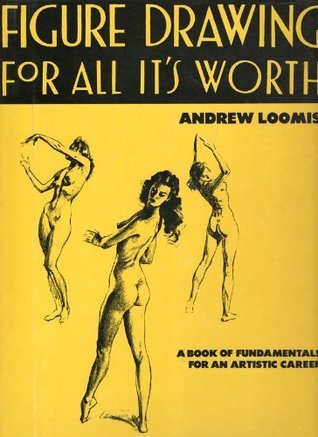
Figure Drawing for All It's Worth by Andrew Loomis
When we are talking about masters of drawing and art itself, Andrew Loomis is the key of the last century occidental-world's drawing (complex thing, huh?). He was the master of masters.
His idea was simply and yet super efficient: Observe, analyze, draw.
He realized that with only those three elements you could actually become an elite artist. He used to say that the environment where you came from and where you lived at most are elements that will make easier or harder your understanding of each topic. For example... if you come from a farm it's more likely that you will be good at landscapes. While if you come from a city the chances goes for a cityscape or interiors of the kind.
He shows a whole way to study anatomy and to understand the shapes, because it's super necessary to decompose the figures you draw into their most basic shape. Say cubes, cylinders and spheres. So this way you can place an object or figure into the same scene with a previously placed perspective.
Loomis has many other books that are truly amazing, but I think this is the most important. And also you can find it for free in the internet. So save that money for buying some paper and few pencils ;)
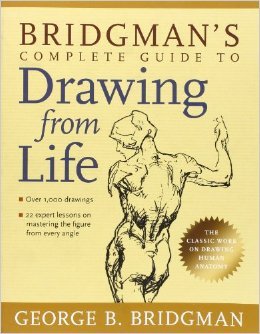
Bridgman's Complete Guide To Drawing From Life
Another badass from the drawing badass world. He proposed and demonstrated how to deconstruct a whole anatomy study from its most basic shapes. Through this way he shown how to suggest better volume in every object-character placed in the canvas.
However, the most important thing that Bridgman came with was the technique of simplifying the whole body structure into basic shapes. Simple enough to remember them all accurately and bring them onto the paper directly from imagination.
He had what I call Sculptor-Drawing. It means that he draws with the volume instead just lines (Drawing-Drawing) or spots (Painting-Drawing). Which is awesome if you ask me!
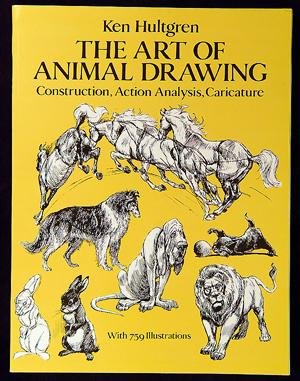
Ken Hultgren's The Art Of Animal Drawing.
Well... damn.
If you are into the animal drawing thing, this shall be your Bible.
There are no many artists that can analyze the gesture of the animals and simplify their shape so well as Hultgren. He just knows how to get into your mind and teach you how to get ANY animal that you want from both your imagination and also using good reference. All with only two elements: The line, and the circle.
However I highly recommend to not abuse from the circles, because this is the way of getting far from taking a good structure to your drawings.
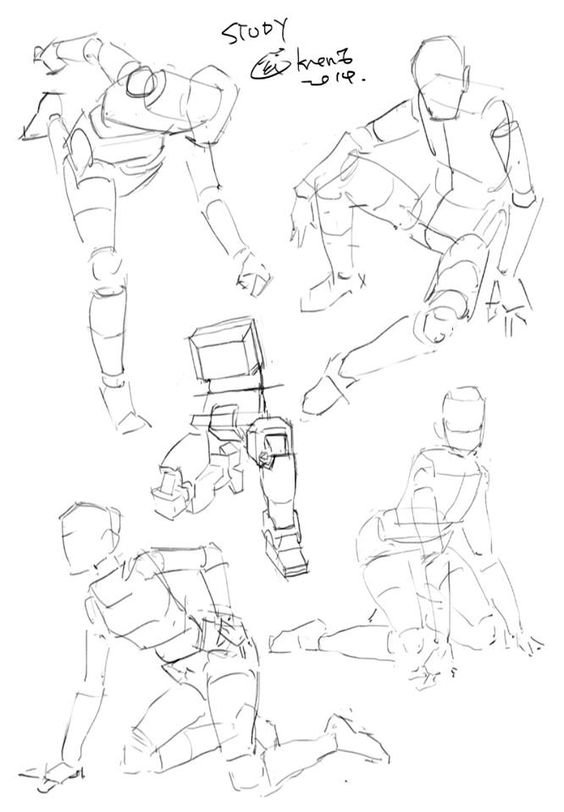
Actual artists: Krenz Cushart.
This is my favorite reference for drawing lately. An amazing artist that never stops growing because he never stops practicing. Such an inspiration!
Krenz has no books anatomy made yet. But you can find few patreons and online courses he constantly makes.
I highly recommend you to improve your lineart and understanding of the shapes with Krenz.
A nice detail about this artist and teacher is that he comes from the east school. He is a chinese teacher and has a different education and way of understanding the shapes than we do, people from the west (mostly hehe). I'm a big fan of asian' school if you didn't note it yet!
Okay we have the books... What now?
The following step, after you gathered good references is to start imitating them. Start copying.
Yes! I said copying!!
Copying is a veeeeeeery very important feature from artists. We weren't born knowing how a skull is, how to place a good perspective, how to make good features in the face of a woman. We learned all that with time, patience and A LOOOOOOOOT of frustration.
Copy, copy and copy...
...and after 10 or 15 tries make a drawing from your imagination. Then back to copy!
Never trash anything, because this is like training at the gym: One day you will see how your body has no shape, but then, after a lot of constancy you will see the progress by contrast. So these first drawings will be your example the day of tomorrow. That day, after a lot of practice, you will take the very first drawing and put it at the side of the last one you proudly did. And you will see how much you progressed!
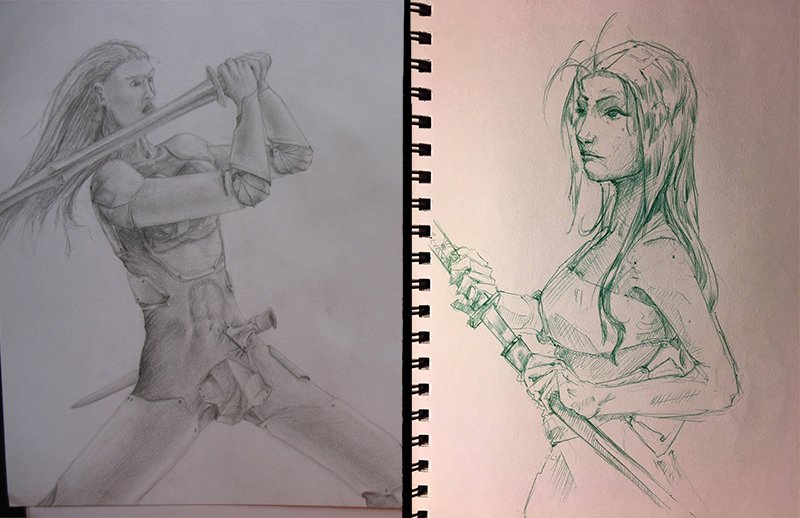
At the left, a drawing made at my 16's, at the right a drawing from my 25's (last month). Both without reference. An amazing example of how I had no structure, no rhythm, no lineart and no perspective.
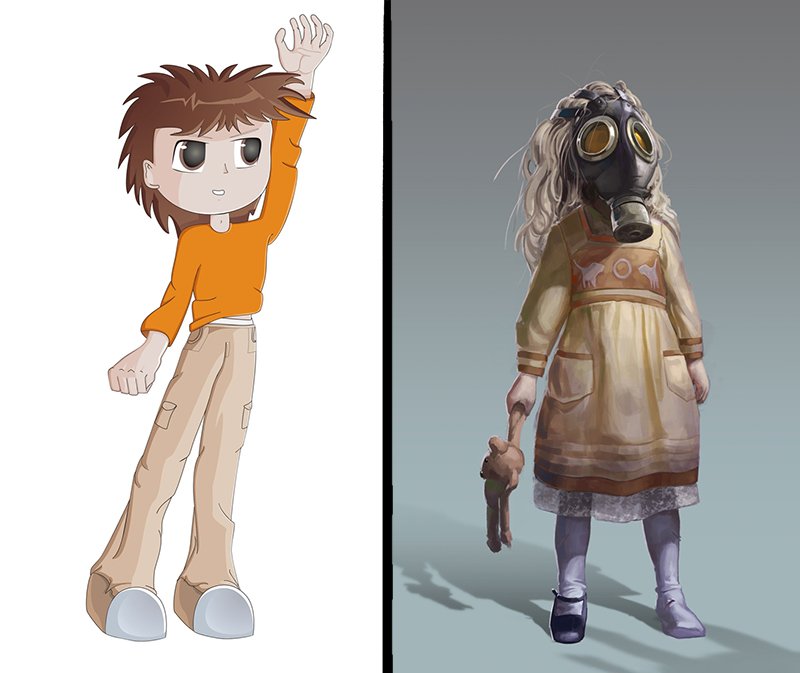
At the left, a concept character made at my 14's, at the right at my 25's (few months ago).
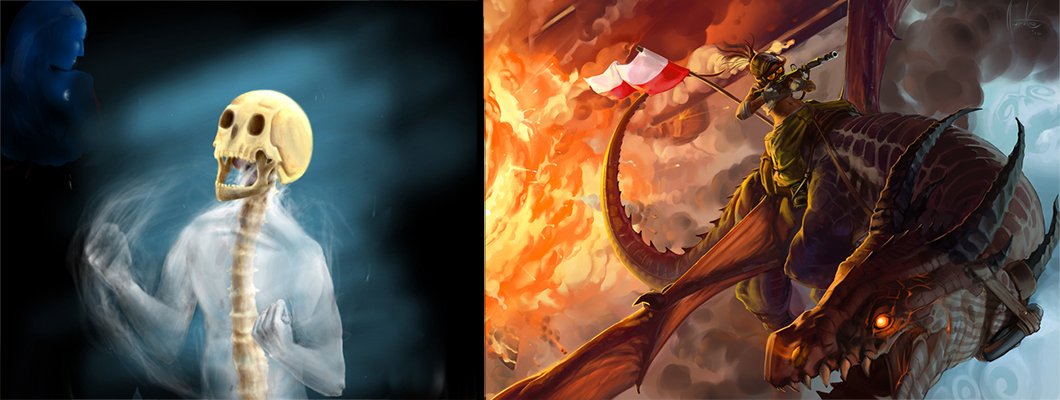
At the left, an illustration made at my 16's, at the right a drawing from my 25's (last month).
So the secret is, again, being constant. Never stop practicing, never stop asking, show your work, accept critiques, don't be proud, kill your ego, accept you will be better, get better.
Never stop copying but mostly never stop analyzing what you are copying and why you are copying it. If it's another artist's drawing, try to understand (while you copy it, few times, not only once) why he put that line over there and not in another place. Think if it would look better with more lines, think if it would look better with less lines. Try to not make use of shadows until your lineart be good and clean enough.
I hope this will really encourage many of you to start this beautiful path to be a creator and an artist. We all are artist, good ones! Just few of us take the time to get there =).
And remember that any doubt you have, you can count on me. You are not alone!
So that's pretty much everything my friends!
And, oh by the way! I will be doing this same post in spanish for my hispanic mates! Because you deserve it =) !
